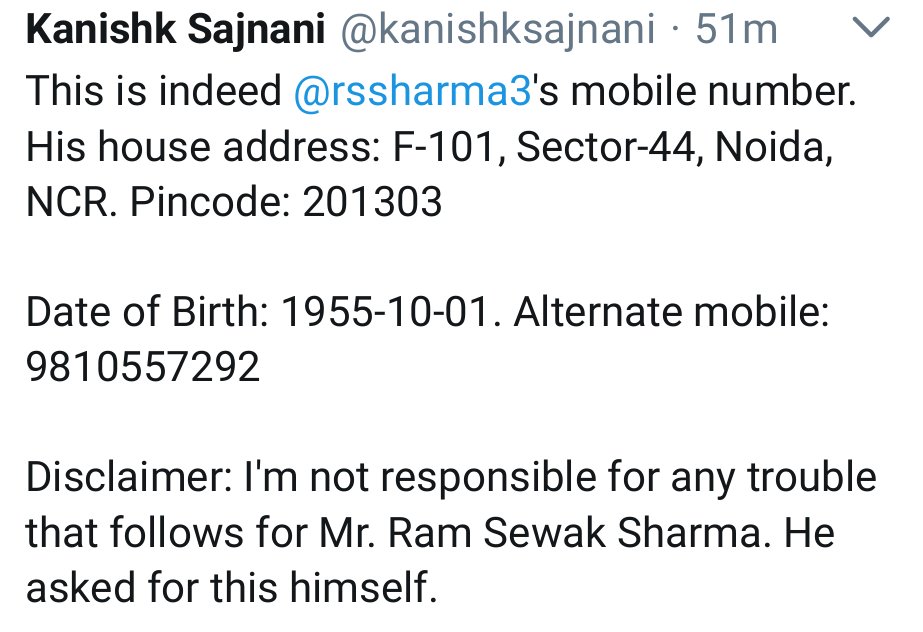

And that means the ground will stay frozen instead of releasing its current store of carbon dioxide and methane greenhouse gases. That, in turn, will restore grasslands that reflect more of the sun's warming rays and eliminate insulating snow and forests so the ground cools more. One Zimov idea is that woolly mammoths will trample snow and knock down trees. This area of about 60 square miles in northern Russia, named after the geologic period that ended with the last ice age, is where researchers Sergey and Nikita Zimov are trying to test their theories about the ecological and climatic effects of rewilding. By re-creating woolly mammoths, Colossal can preserve the genetic legacy of Asian elephants that now are endangered.Īnother candidate species Colossal wants to re-create is the woolly rhinoceros, a relative to the critically endangered Sumatran rhino.Īlthough Colossal doesn't plan to build a tourist destination, it does have a woolly mammoth rewilding site in mind that sounds awfully close to Jurassic Park: Pleistocene Park. "Our focus is on species preservation and protection of biodiversity right now, not in putting them in zoos," Lamm said. Seeing a creature that's been gone for 10,000 years could add to the excitement.īut that's not Colossal's game plan. After all, humans already pay lots of money to see charismatic megafauna like lions, elephants and giraffes on African safaris. A more direct option is selling tickets to tourists. Selling or licensing spinoff technology is a somewhat indirect way of running a business. Its gene editing technology could artificially add genetic diversity to species with only small surviving populations, Lamm said. There are other ways Colossal hopes to help. This technology, adapted from a method bacteria evolved to identify attacking viruses and chop up their DNA, is now a mainstay of genetic engineering, and Church has been involved since CRISPR's earliest days. Just growing 10 woolly mammoths with surrogate elephant mothers isn't enough to get to the large-scale herds the company envisions.Īt the foundation of Colossal's work is CRISPR. One technology ripe for commercialization is multiplex genome engineering, a technique Church helped develop that speeds genetic editing by making multiple changes to DNA at once.Ĭolossal also hopes to develop artificial wombs to grow its mammoth embryos.

Colossal's co-founders are Chief Executive Ben Lamm, who started five companies before this, and George Church, a Harvard Medical School professor with deep CRISPR expertise. The plan isn't to re-create true woolly mammoths but instead to bring their cold-adapted genetic traits, which include small ears and more body fat, to their elephant cousins, creating a hybrid that can wander the tundra where mammoths haven't been seen for 10,000 years. One called Colossal has a very different goal: bring the woolly mammoth back from extinction by 2027 using CRISPR, a revolutionary gene-editing technology.

You've heard of startups building computer chips, delivery drones and social networks.


 0 kommentar(er)
0 kommentar(er)
